#Elisabeth Louise Vigée-Lebrun
Text
Élisabeth Louise Vigée-Lebrun - eine Pionierin der Malerei im 18. Jahrhundert
Entdecken Sie unsere Kollektion
– Credit des Einführungsvideos: Ansicht eines Farbpalettenvideos von Taryn Elliott von Pexels– Abschließender Videokredit: Künstler-Malvideo von George Bond von Pixabay
Der untenstehende Text ist ein Auszug aus dem Élisabeth Vigée-Lebrun (ISBN: 9781683256090) von Hermann Clemens Kosel, herausgegeben von Parkstone International.
Élisabeth Louise Vigée-Lebrun…
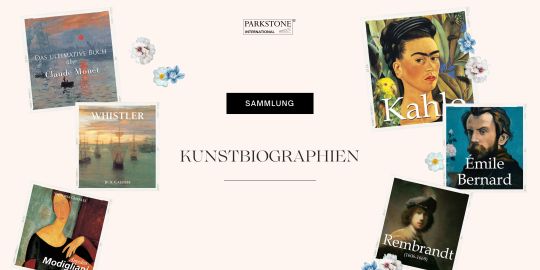
View On WordPress
#Adel#Aufklärung#Élisabeth Vigée-Lebrun#book#Buch#ebook#Elisabeth Louise Vigée-Lebrun#Europa#Französische Malerin#französischer Künstler#Hofmaler#königlich#Künstlerin#kindle book#Kindle-Buch#Kunst#Lebrun#Madame Vigée-Lebrun#Malerei#Marie-Antoinette#Parkstone#Parkstone International#Porträt#Porträtist#postaday#postaweek#Prinzessin#Selbstporträt#Vigée-Lebrun
0 notes
Text
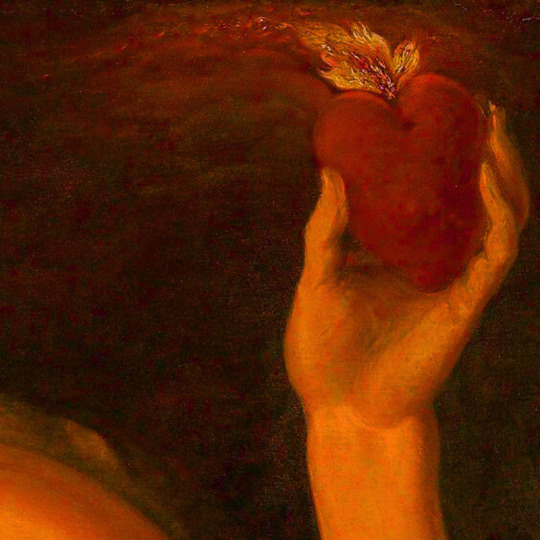
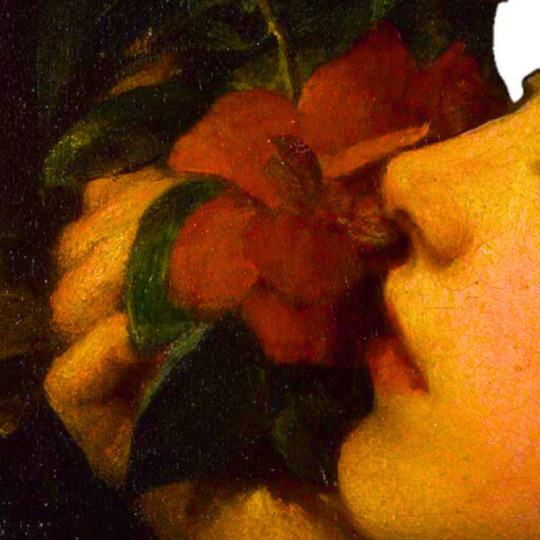
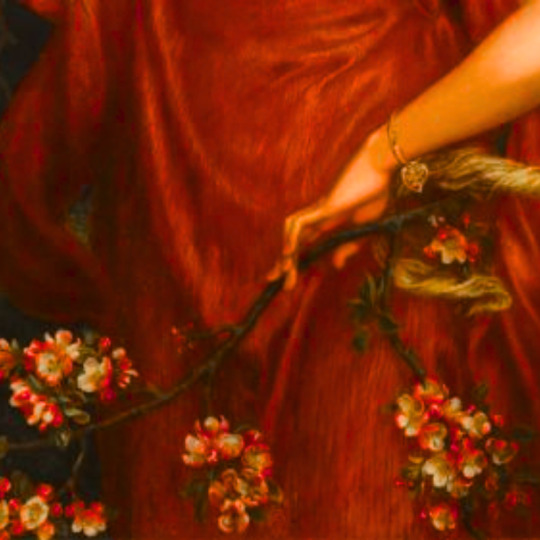


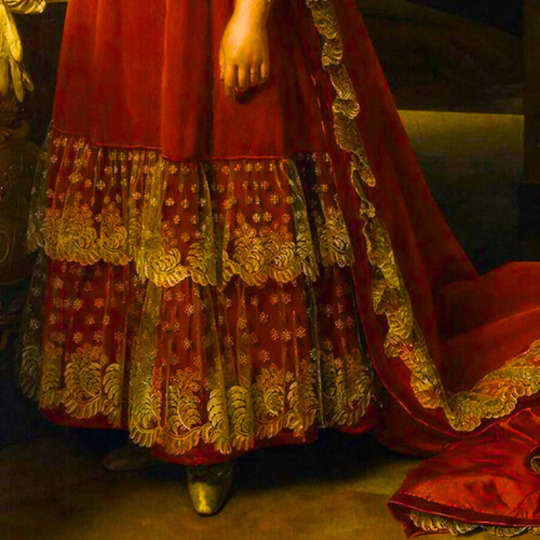
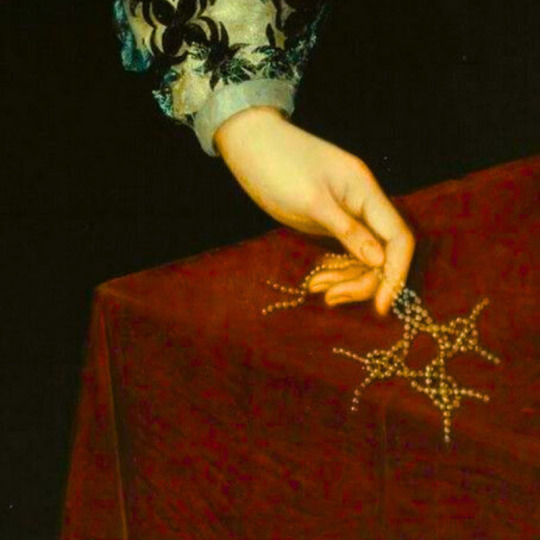
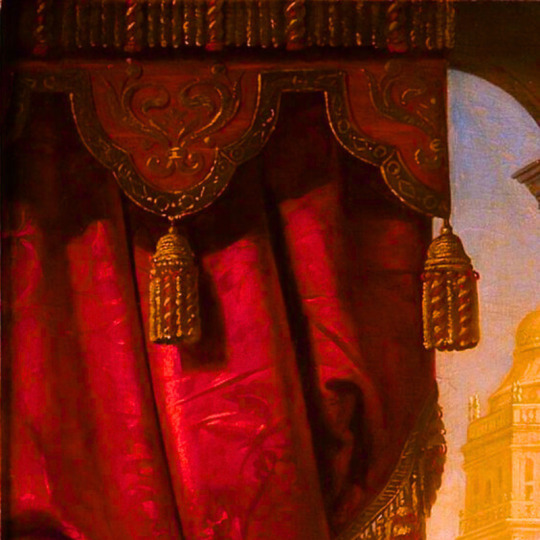







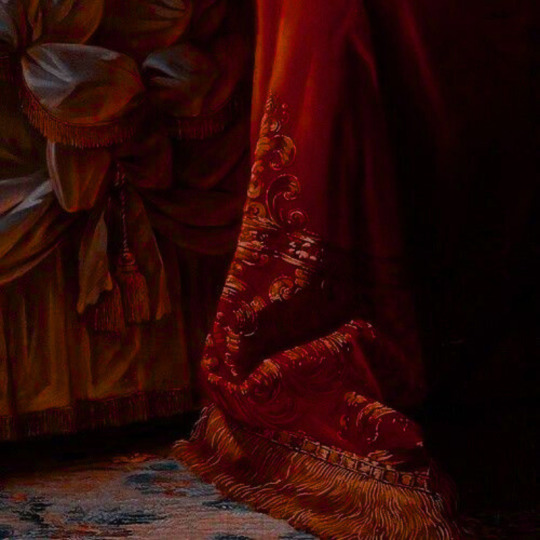
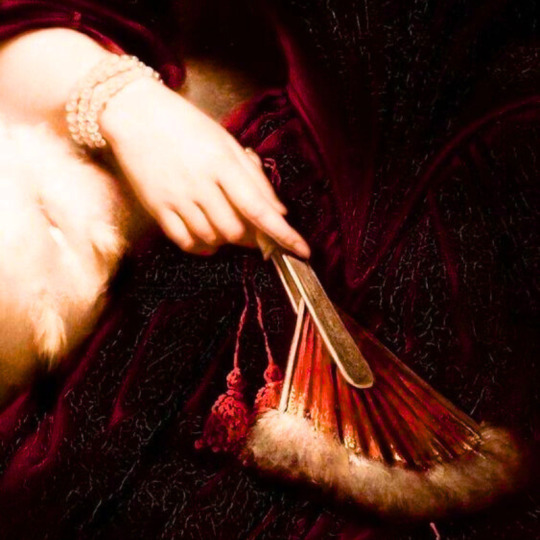
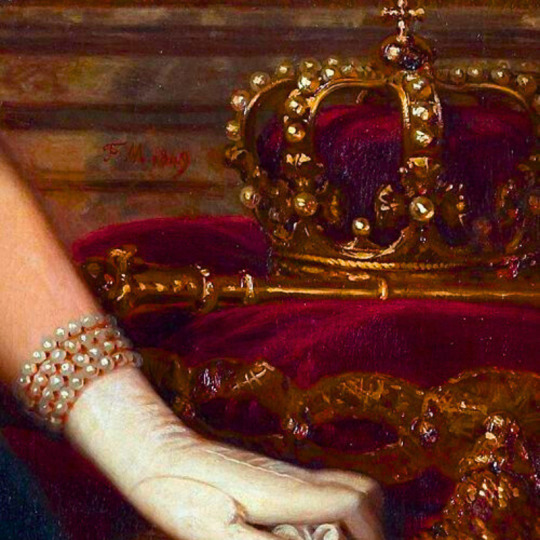
red + art
#venus and cupid by jacob de gheyn#ellen terry by george frederic watts#a vision of fiammetta by dante gabriel rossetti#portrait of mrs. alexander spark by maurice felton#cherries by jan davidsz de heem#portrait of marie therese of france by alexandre-franocis caminade#cant find artist#dona dolores tos ta de santa anna by juan cordero#artist is volker hermes#saint joan of arc by paul antoine de la boulaye#pomegrantes by elena kubysheva#-cant find artist#titania and puck with fairies dancing by william blake#-cant find artist-#--cant find artist#artist is Elisabeth Louise Vigée-LeBrun#artist is Jan Adam Kruseman#artist is Federico de Madrazo#-cant find artist---#art#art history
1K notes
·
View notes
Text
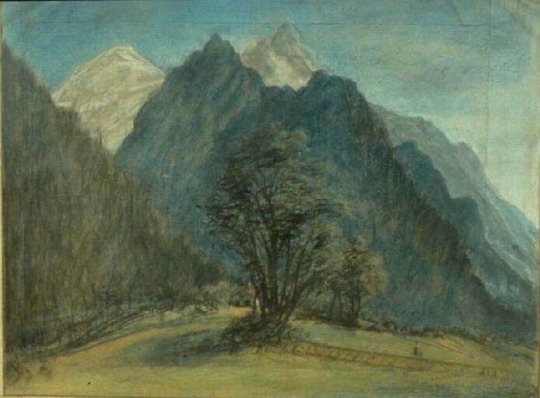


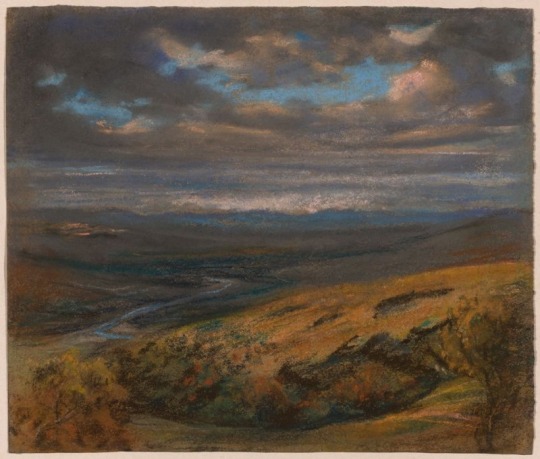
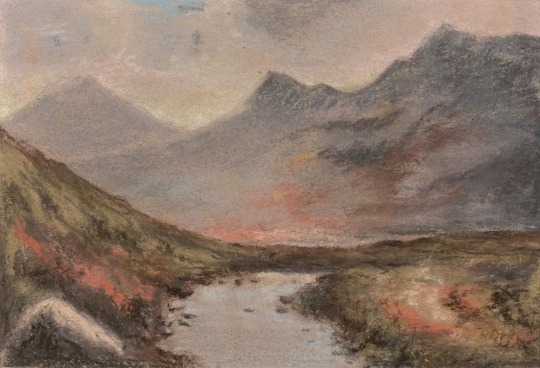

A Collection of Landscapes by Élisabeth Vigée Le Brun
Le Mont Blanc | ca. 1808
La fête des bergers à Unspunnen | 1808-1809
A View of Lake Geneva | ca. 1807-1808
A Hilly Landscape with a River | ca. 1820
Mountainous Landscape in Pastels | unknown
Vue de lac de Zurich | unknown
#élisabeth vigée le brun#elisabeth vigee lebrun#elisabeth louise vigee le brun#le brun#vigee le brun#marie antoinette#french#women painters#women artists#french painter#landscape#landscape painting#pastel#watercolor
47 notes
·
View notes
Photo

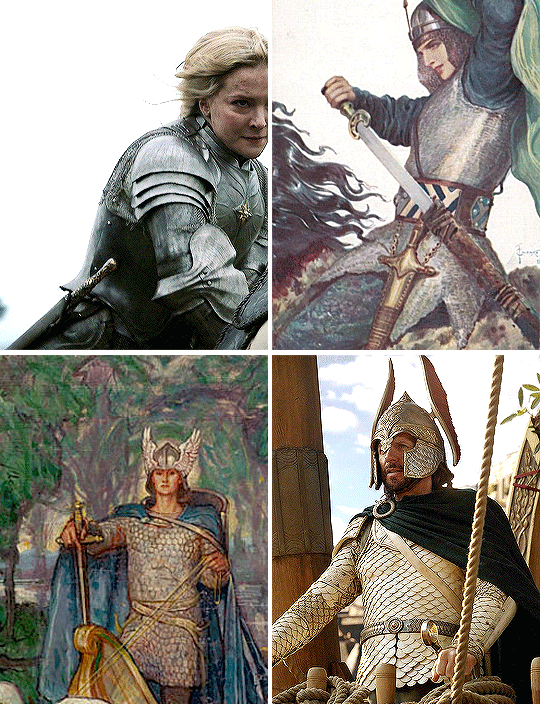

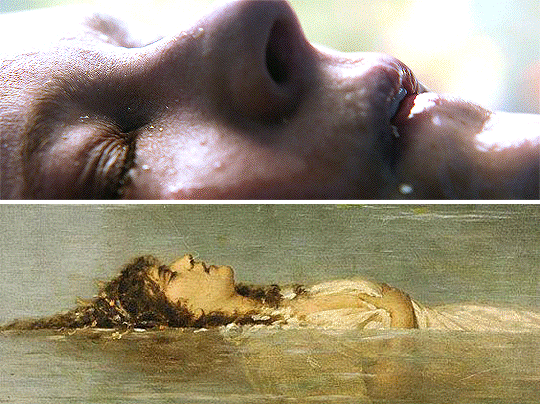



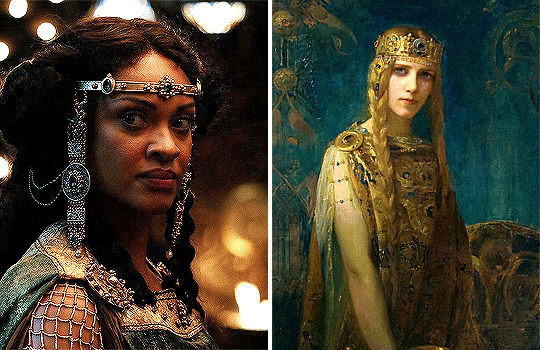
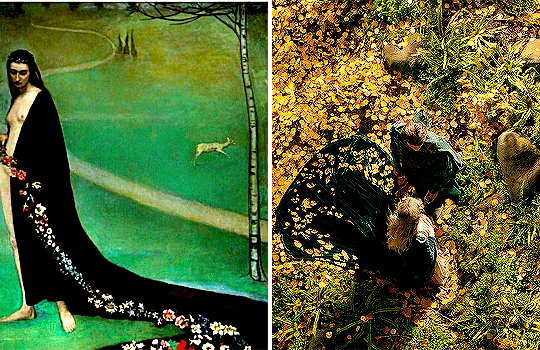

LORD OF THE RINGS + Art references
Albert Lynch - Jeanne d'Arc, 1903
Sergey Solomko | Nastasya Korolevichna ( Настасья Королевична)
VIOLET OAKLEY - Lohengrin, Knight of the Swan book cover, c. 1910.
Dante Gabriel Rossetti | The Day Dream (1880)
Theodor von der Beek | Ophelia , 1901
Herbert G Schmalz | - Zenobia's last look on Palmyra, 1888
Leon Francois Comerre | Girl with a Golden Wreath
Thomas Cooper Gotch | Destiny
Gaston Bussière | Femme à la couronne: la princesse Celte , 1911
Romaine Brooks | Femme Avec des Fleurs, 1912.
Elisabeth Louise Vigée-LeBrun | Portrait of Theresia, Countess Kinsky, 1793
Eleanor Fortescue-Brickdale | The Lover's World, 1905
#idk what this is whatever#the rings of power#tropedit#trop#ropedit#rings of power#tusersahar#hope you don't mind being tagged#gifs#*
2K notes
·
View notes
Text
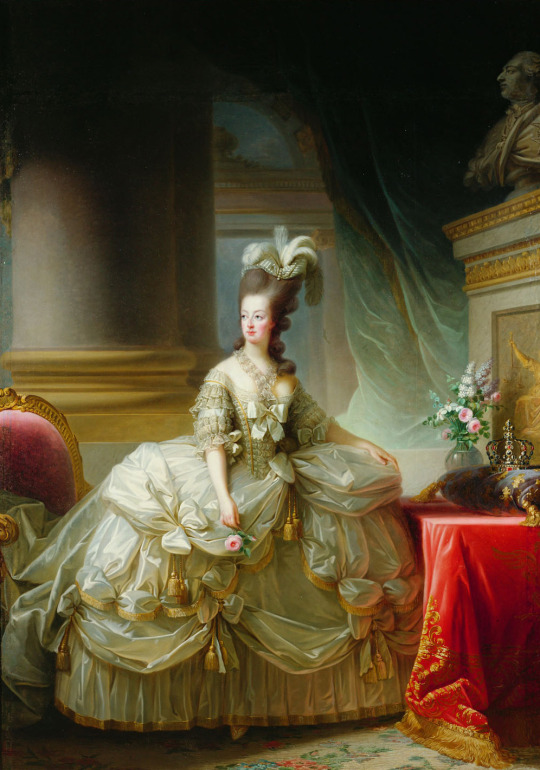
Oil Painting, 1778, French.
By Elisabeth Louise Vigée LeBrun.
Portraying Marie Antoinette in a cream court dress.
Kunst Historisches Museum Wien.
#elisabeth vigee le brun#khmw#Kunst historiches museum Wien#marie antoinette#french#France#1778#1770s#1770s France#court dress#court attire#1770s painting
32 notes
·
View notes
Text
Józef Poniatowski’s women.
Part V. The rest of ladies who might have been of some interest to him
Good day everyone and let me share with the rest of information I possess on Prince Poniatowski's love interests. (Though, I have to admit, the ladies from this list were the least likely - from all the mentioned in these series of post - to have some kind of affair with Pepi.
To start I would like by Louise of Mecklenburg-Strelitz, the queen of Prussia.
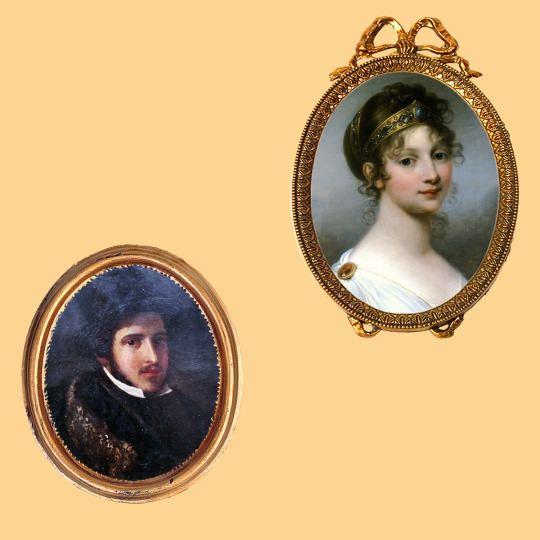
On the right - unidentified artist, miniature portrait of Prince Poniatowski, 19th century. On the left - portrait of Queen Louise by Giuseppe Grassi, 1802.
Prince Józef had the opportunity to meet the wife of the king Frederick William III at least four times, because the royal couple visited Warsaw - which had become a part of Prussia as a result of the third partition of Poland - three times, in 1798, 1802 and 1805. And in 1802 Poniatowski himself had to go to Berlin, to settle the matter of the inheritance left by his uncle Stanisław August.
According to Juliusz Fałkowski, while at Warsaw Prince Józef "…gave a ball and a dinner in the Copper-Roof palace in their honor [the King and Queen of Prussia - A.S.] and was flirting with the Queen everywhere", for which he received the star of the black eagle, although he rather "expected something else from the beautiful queen." After the departure of the royal couple, "he longed a little for the crowned beauty who had easily won his heart in passing."
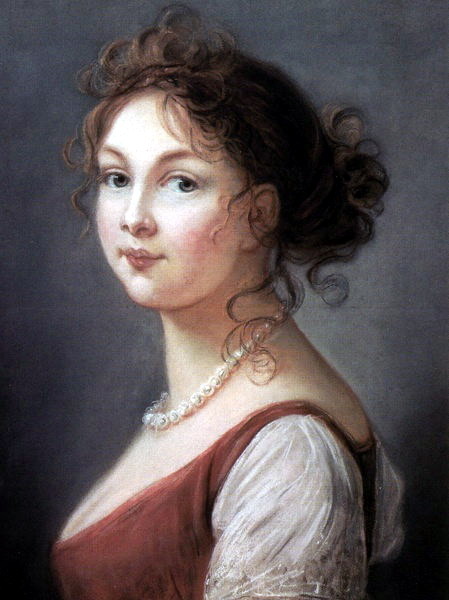
An Elisabeth Vigée-Lebrun painting of Queen Louise, c. 1801
The second source that mentions the relationship between these two is the book by Marian Brandys "Kozietulski i inni", which states (without giving sources, unfortunately) that during Pepi's visit to the capital of Prussia "… it was also said that the beautiful Queen Louise fell in love with in a knightly Pole."
However, if you ask my opinion about the likelihood of an affair between Pepi and the Queen of Prussia, I will say that in my opinion he was "flirting" her to make it easier to solve the inheritance problem. As for the fact that she could also be in love with the prince, I have no opinion because my knowledge about Queen Louise is not very great.
The second lady in today's list will be prince Józef's first cousin once removed, Anetka Potocka (née Tyszkiewicz, the daughter of Konstancja Poniatowska and a grand-daughter of prince Kazimierz, the oldest of the Poniatowski siblings).

On the left - Poniatowski's portrait by Franciszek Paderewski, on the right - Portrait of Anetka Tyszkiewiczówna, Giuseppe Grassi, 1796.
Born in 1779, she was 16 years younger than Pepi, and she remained unmarried for quite a long time, becoming the wife of the Count Aleksander Potocki in 1805. (Marian Brandys, in the biography of Anetka's uncle prince Stanisław, states that some time before 1791 there was an idea to join all the Poniatowski estates marring Stanisław to his niece, but it was eventually abandoned.) The marriage brought them three children, but after 16 years Anetka asked for divorce and then wedded Colonel Stanisław Dunin-Wąsowicz.
During the times of the Duchy of Warsaw, she was a frequent guest at the Copper Roof Palace, visited Paris, witnessed Napoleon's sojourns in Warsaw, with all of those events been described later in her memoirs.
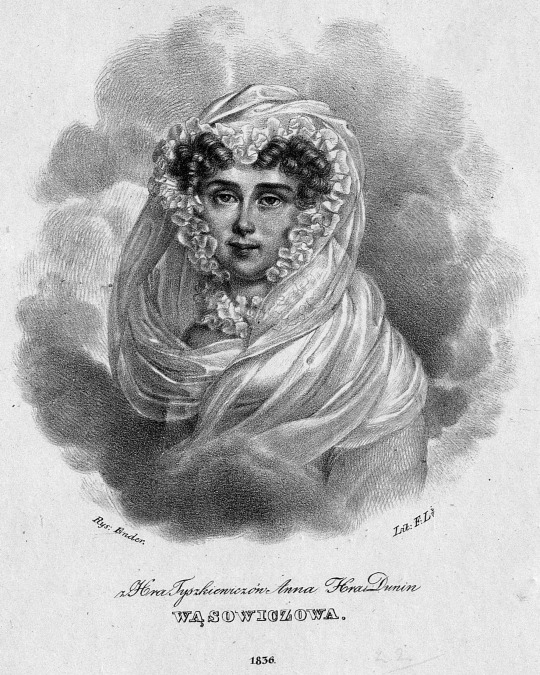
Portrait of Countess Dunin Wąsowicz, Anna née Tyszkiewicz, 1836.
As for her relationship with Prince Józef, it were her own words that made Fałkowski write that "the beautiful prince fell in love with Anetka" although "it was a platonic feeling".
"… Mrs. Aleksandrowa (Anetka Potocka - AS ) herself half-admitted thisin her old age. ''On disait alors que le Prince Joseph avait pour moi un sentiment plus tendre que l'amitié (it was said that Prince Joseph had for me a feeling more tender than friendship),' she would recalled with a dreamy expression on her face."
The second thing that leads historians to believe that Pepi could have distinguished this cousin of his from other relatives is the provision in his will, according to which she was to receive, after the death of the prince's sister, Teresa Tyszkiewicz, his favorite palace in Jabłonna near Warsaw. And when this did happen, Anetka ordered a triumphal arch to be built in the park in memory of Prince Józef.

The palace in Jabłonna, 2019
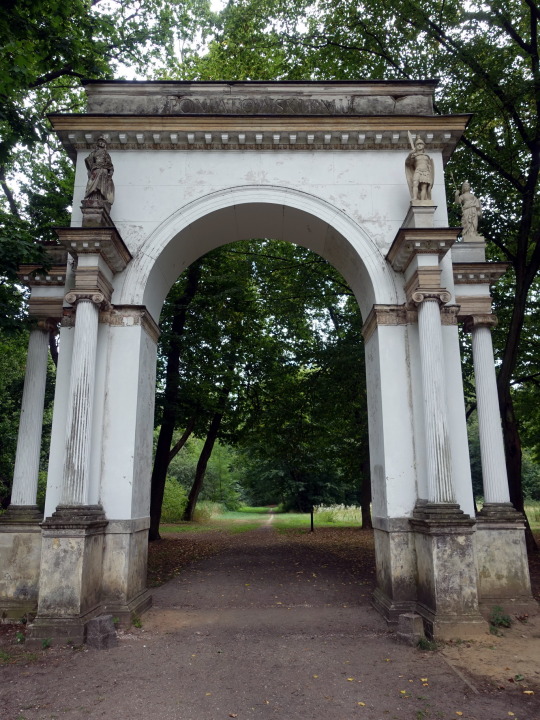
The triumphal arch from Jabłonna's park, 2019
And collage of mine is an illustration to the part dedicated to the rest of the women, whose portraits I wasn't able find. And honestly, the evidence that they might have been Prince Józef's love interests is very weak. But, since historians from time to time do mention these ladies' names, I thought them worth being included as well…
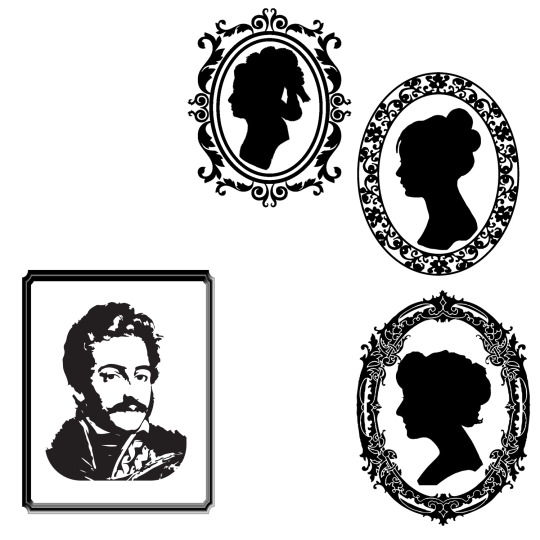
For example, in the prince's testament, together with Henriette de Vauban, Zofia Czosnowska and the above mentioned Anetka Potocka, there was mentioned Elżbieta Merlini, the daughter of Dominique Merlini, an Italian architect, the last main builder of the Polish-Lithuanian Commonwealth. But such concern for the architect's daughter may have been explained by a sense of moral debt to her father, which the prince Józef inherited from King Stanisław with the rest of the things.
Then, the list of Pepi's women sometimes complemented by another "Elżbieta" - Cichocka (although her real names were Emilia Karolina - or Katarzyna) née Bachmińska I° voto Szymanowska, II° voto Cichocka, III° voto Abramowiczowa. It is said she even sojourned in Jabłonna before 1810, until being apparently forced by Zofia Czosnowska to leave the place. After that Madame Cichocka went to Vilna, where she married her third husband. However, what IMHO should be taken into account in regards with this lady is that her second husband, Michał Cichocki, was an illegitimate son of Stanisław August, which might have made Prince Józef consider her a relative and thus take care about.
The same can be said about Madame Kicka - Józefa Martyna Rozalia née Szydłowska, who was a sister of Elżbieta Grabowska, another mistress of King Stanisław.
Sometimes the names of women who were friends and companions of Madame de Vauban are also included to the list of prince Józef's love interests. Those are: Anna Krasińska, a relative of general Krasiński and the wife of Mikołaj Oppeln-Bronikowski; Salomea Wielhorska née Dembińska; Anna Trębicka née Czerska, future wife of general Kamieniecki, and Józefa Potocka née Sollohub.
PS. As the regular visitors to the Copper Roof Palace are as well mentioned two ladies of the surname Walewska: Józefina née Lubomirska, the wife of Adam Walewski and the future wife General Witt, and Maria, the wife of Anastazy Walewski. The first of them was known for her kind of loose behavior, so presumably she might have at least flirted with Pepi; the second one is the famous Maria Walewska, but all I know about her makes me think her love for the emperor left no room in her heart for other men.
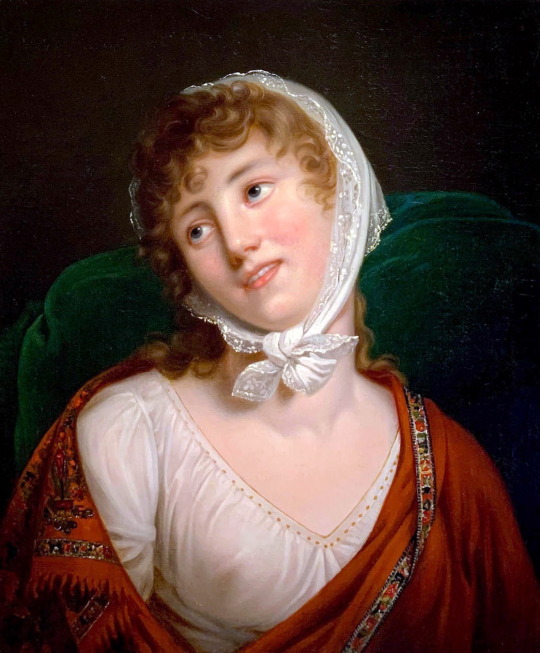
Portrait of Maria Walewska by Robert Lefèvre
#poniatowski#józef poniatowski#józef poniatowski’s women#queen Louise of Prussia#Giuseppe Grassi#Anetka Potocka#Jabłonna#Jabłonna palace#Maria Walewska#Robert Lefèvre
9 notes
·
View notes
Text
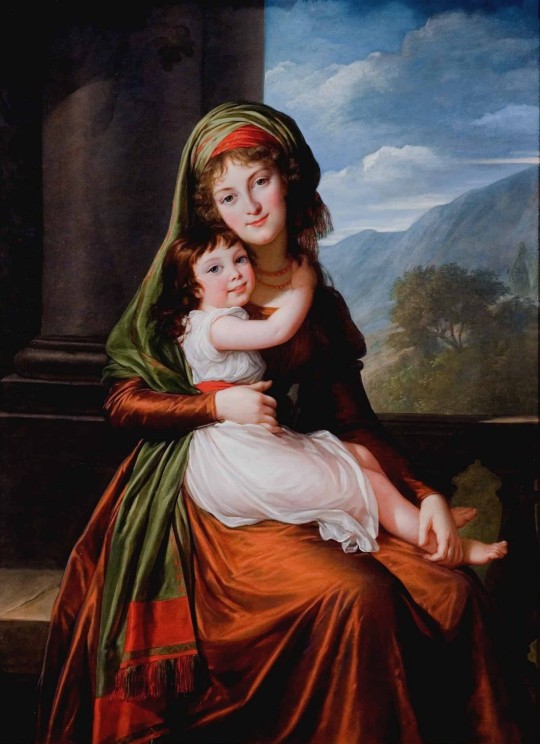
Elisabeth Louise Vigée-LeBrun (French, 1755 - 1842), The Countess von Schönfeld with Her Daughter, 1793, oil on canvas; University of Arizona Museum of Art.
#elisabeth louise vigée le brun#louise elisabeth vigée le brun#women artists#portraits#mothers#children#mother and child
10 notes
·
View notes
Text

Portrait of Countess Maria Theresia Bucquoi, née Parr, 1793
Elisabeth Louise Vigée-Le Brun
Oil on canvas
At the age of 24, Vigée-LeBrun executed her first portrait of Queen Marie-Antoinette of France, and over the course of her career, remained the principal portraitist of the French aristocracy. On the night that revolutionaries arrested Louis XVI and his queen in 1789, Vigée-Le Brun fled France and went into exile traveling throughout Europe for 12 years.
Countess Maria Theresia Bucquoi was the daughter of Prince Johann Joseph Paar (1719-1792) and Countess Antonia Esterhazy (1719-1771), and the wife of Count Johann Josef Bucquoi (died 1803). The portrait was commissioned in 1793 by the sitter's brother, Prince Wenzel Paar. Vigée-LeBrun specifically recalls the painting in her Souvenirs when referring to the hospitality accorded to her by her Austrian patrons during her stay in Vienna. Upon its completion, the portrait was displayed in the salon of the palace of Prince Paar.
Minneapolis Institute of Art
9 notes
·
View notes
Photo

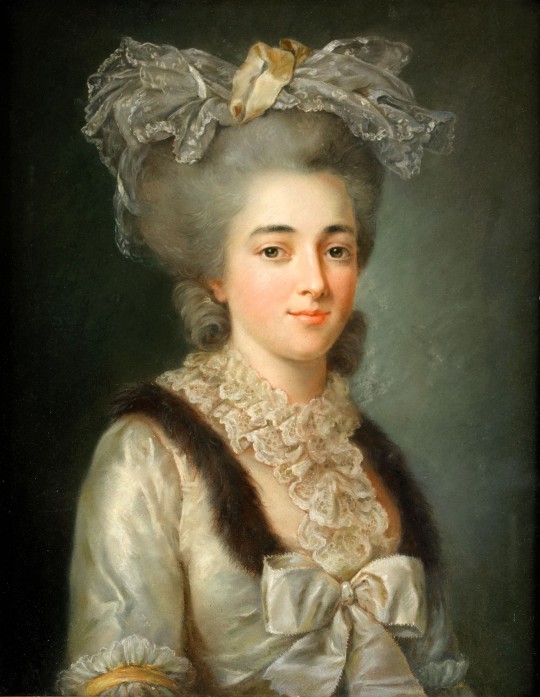
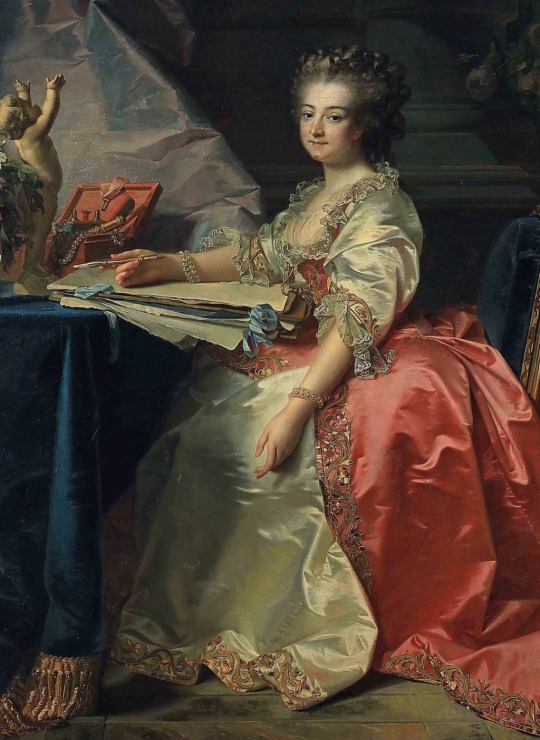
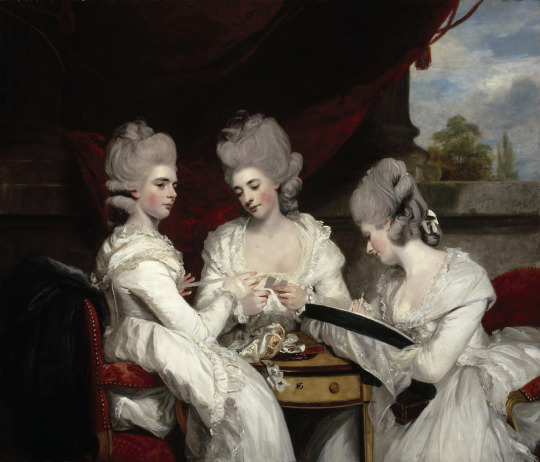
It’s 1780 (top to bottom) -
1780 French lady (called Mademoiselle de Bionville) by Alexander Roslin (auctioned by Bukowskis). From a-l-ancien-regime.tumblr.com/post/14455324386/alexander-roslin-portrait-of-a-french-lady-called 841X1022 @96 208kj.
1780 Lady by Élisabeth-Louise Vigée-Lebrun (location ?). From 18thcenturyblog.johannaost.com/2007/08/elisabeth-louise-vigee-le-brun 1913X2468 @72 1.2M.
1780 Mairie de Lamballe by Jean-Laurent Mosnier (location ?) photo - Serge Andrieux-Cristal d’Argent (location ?). Posted to marie-antoinette.forumactif.org/t114p225-portraits-de-la-princesse-de-lamballe by La nuit, la neige on 15 June 2019 1024X1404.@73 490kj.
1780 Waldegrave Sisters by Sir Joshua Reynolds (National Galleries of Scotland - Edinburgh, UK). From their Web site 3542X3028 @150 11.3Mp.
#Rococo fashion#Louis XVI fashion#1780 fashion#Mademoiselle de Bionville#Mairie de Lamballe#Waldegrave Sisters#Alexander Roslin#Élisabeth-Louise Vigée-Lebrun#Jean-Laurent Mosnier#Joshua Reynolds#hat#hat feathers#cap#straight hair large curl coiffure#high coiffure#curly hair#ruching#bertha#U neckline
34 notes
·
View notes
Photo

"Portrait of the Daughters of Emperor Paul I", Marie Elisabeth Louise Vigée-Lebrun,1796
5 notes
·
View notes
Photo

To the Le Brun and back
Elisabeth-Louise Vigée-Lebrun, Self-portrait in a Straw Hat, after 1782, National Gallery
#art history#art history memes#art meme#dad jokes#puns#punny#punsarelikeonions#women artists#women in art#womens history month
0 notes
Text
Élisabeth Louise Vigée-Lebrun - a Pioneering Woman Painter in the 18th Century
Explore our collection
– Introduction video credit: View of a color palette video of Taryn Elliott from Pexels– Ending video credit: Artist painting video of George Bond from Pixabay
The text below is the excerpt of the book Élisabeth Louise Vigée-Lebrun (ISBN: 9781683256083), written by W. H. Helm, published by Parkstone International.
Élisabeth Louise Vigée-Lebrun (1755–1842) was a French…

View On WordPress
#Art#Élisabeth Vigée-Lebrun#book#court#Court Painter#ebook#Elisabeth Louise Vigée-Lebrun#Enlightenment#European#female artist#french painter#kindle book#Lebrun#Madame Vigée-Lebrun#Marie Antoinette#Nobility#painting#Parkstone#Parkstone International#portraitist#postaday#postaweek#princess#royal#self-portrait#Vigée-Lebrun
0 notes
Text

Elisabeth Maria Filipina Mniszech, 1797, de Élisabeth Louise Vigée Le Brun (París, 1755-1842). Óleo, lienzo, 48,5 x 44,2 cm, firmado y fechado abajo a la izquierda: Petersbourg / Vigée / Le Brun / 1797.
ZD S 1993002, Academy of Fine Arts and Design, Ljubljana.
La pintura está firmada y fechada en la parte inferior izquierda Petersbourg / Vigée / Le Brun / 1797 y muestra a Elizabeth Isabella Mniszech (1787–1830), hija de una de las sobrinas del rey polaco Stanislaus II August Poniatowski. Fue pintado durante la estancia de la artista en San Petersburgo y también se menciona en sus Memorias. Vigée-Lebrun gozó de la estima del rey Estanislao I de agosto, de su hermana la condesa Louise Zamojska y de su hija, la condesa Urzula Mniszech. Una copia de nuestra pintura en miniatura fue reproducida por J. Mycielski y S. Wasylewski en Portrety polskie Elżbiety Vigée-Lebrun, Lwów-Poznań, 1927.
Información e imagen de la web de la National Gallery of Slovenia.
1 note
·
View note
Text

Retrato da princesa Juliana “Julie” de Saxe-Coburgo-Saalfeld, pintado em 1796 por Elisabeth Louise Vigée-LeBrun. Casada com o grão-duque Constantino Pavlovich da Rússia, ela levava uma existência infeliz ao lado do marido. Depois de se converter à religião Ortodoxa e adotar o nome de Ana Feodorovna, ela foi muito bem recebida na corte do czar Paulo I, que adorava seus modos e conversa agradável. A popularidade da esposa fez com que o grão-duque ficasse bastante enciumado e a tratasse mal. Ele a proibia de participar de eventos sociais, exceto em sua companhia. Em 1799, quando Julie teve que fazer uma viagem para tratar da saúde, ela quis regressar, pois sua vida em São Petersburgo ao lado do marido insuportável. Como não obteve apoio da família em Coburgo, não lhe restou opção a não ser voltar a tempo de estar presente nos casamentos de suas cunhadas, Alexandra e Helena.
Com o assassinato do czar Paulo I em 1801, Julie alegou novamente que sua saúde se encontrava em estado grave. O novo czar, Alexandre I, consentiu que ela retornasse junto com a mãe, a duquesa Augusta, para fazer um tratamento com águas termais. Dessa vez, a grã-duquesa nunca mais regressou. Nos próximos 19 anos, Ana Feodorovna travou uma árdua batalha judicial para conseguir um divórcio do marido. Nesse meio tempo, ela manteve um caso amoroso com Rodolphe Abraham de Schiferli, do qual resultou no nascimento de uma filha bastarda. A despeito de todas as tentativas de Alexandre I em conseguir a reaproximação da grã-duquesa com seu irmão, Constantino, Ana/Julie conseguiu um divórcio em 1820. Essa história se tornou matéria de fofoca em muitas cortes da Europa.
Só podemos imaginar o quanto dela a pequena Alexandrina Vitória de Hanôver, princesa de Kent, absorveu. Ela não só era afilhada do czar Alexandre como foi batizada em sua homenagem. Na opinião de Coryne Hall, a relação da futura rainha com os Romanov era multifacetada. Ela nutria franca simpatia por alguns membros da família imperial, enquanto para outros reservava o oposto.
Texto: @renatotapioca
#saxecoburgsaalfeld #julianeofsaxecoburgsaalfeld #vigeelebrun #hanover #russia #romanovfamily #romanovdynasty #romanovs #rainhastragicas
0 notes
Photo

Elisabeth Louise Vigée-Lebrun French 1755-1842 “Portrait of Natalia Zakharovna Kolycheva” 1799 Oil on canvas Photo is taken by: @robertpuffjr Born into an artistic family, Vigée-Lebrun took drawing lessons from her father and began working as a professional artist as a teenager. She became Queen Marie Antoinette's official portrait painter, and in 1783 she was admitted into the French Royal Academy. Forced into exile at the onset of the French Revolution, Vigée-Lebrun continued to be a sought-after portraitist. While living in Russia, she painted this striking portrait of Natalia Zakharovna Kolycheva, a member of the nobility. The artist presented her sitter as a refined and educated woman: she reads a French play and wears fashionable clothing, gold jewelry, and a classicizing hair accessory. The artist was both celebrated and criticized for idealizing her sitters through the supple brushwork, rich hues, and soft lighting so skillfully demonstrated here. (This writeup is taken from the description at Museum.) Dallas Museum of Art, Texas, USA #vigeelebrun #vigéelebrun #lebrun #dallasmuseumofart #historyofart #arthistory #greatworksofart #artmuseum #art #artist #masterpiece #painting #museumvisit #artlover #artists #artblogger (at Dallas Museum of Art) https://www.instagram.com/p/Cez4HXDrOc2/?igshid=NGJjMDIxMWI=
#vigeelebrun#vigéelebrun#lebrun#dallasmuseumofart#historyofart#arthistory#greatworksofart#artmuseum#art#artist#masterpiece#painting#museumvisit#artlover#artists#artblogger
1 note
·
View note
Photo

Portrait of Princess Alexandra Golitsyna and her son Piotr (1794). Elisabeth Louise Vigée-LeBrun (French, 1755-1842). Oil on canvas. Pushkin Museum of Fine Arts.
Alexandra Petrovna Golitsyna, nee Protasova (1774-1842) - wife of the equestrian Prince Alexei Andreevich Golitsyn. Her son is Peter Alekseevich Golitsyn (1792-1842). The portrait was made in Vienna, where Vigee-Lebrun lived from 1792 to 1795.
37 notes
·
View notes